Meg Griffiths was born in Bloomington, Indiana and raised in Houston, Texas. She received two B.A.’s from the University of Texas in Cultural Anthropology and English Literature and earned her Master of Fine Arts from the Savannah College of Art and Design. She currently lives in Columbia, South Carolina where she is an adjunct professor of photography in the School of Visual Art and Design at the University of South Carolina. Today we share her series Casa Particular.
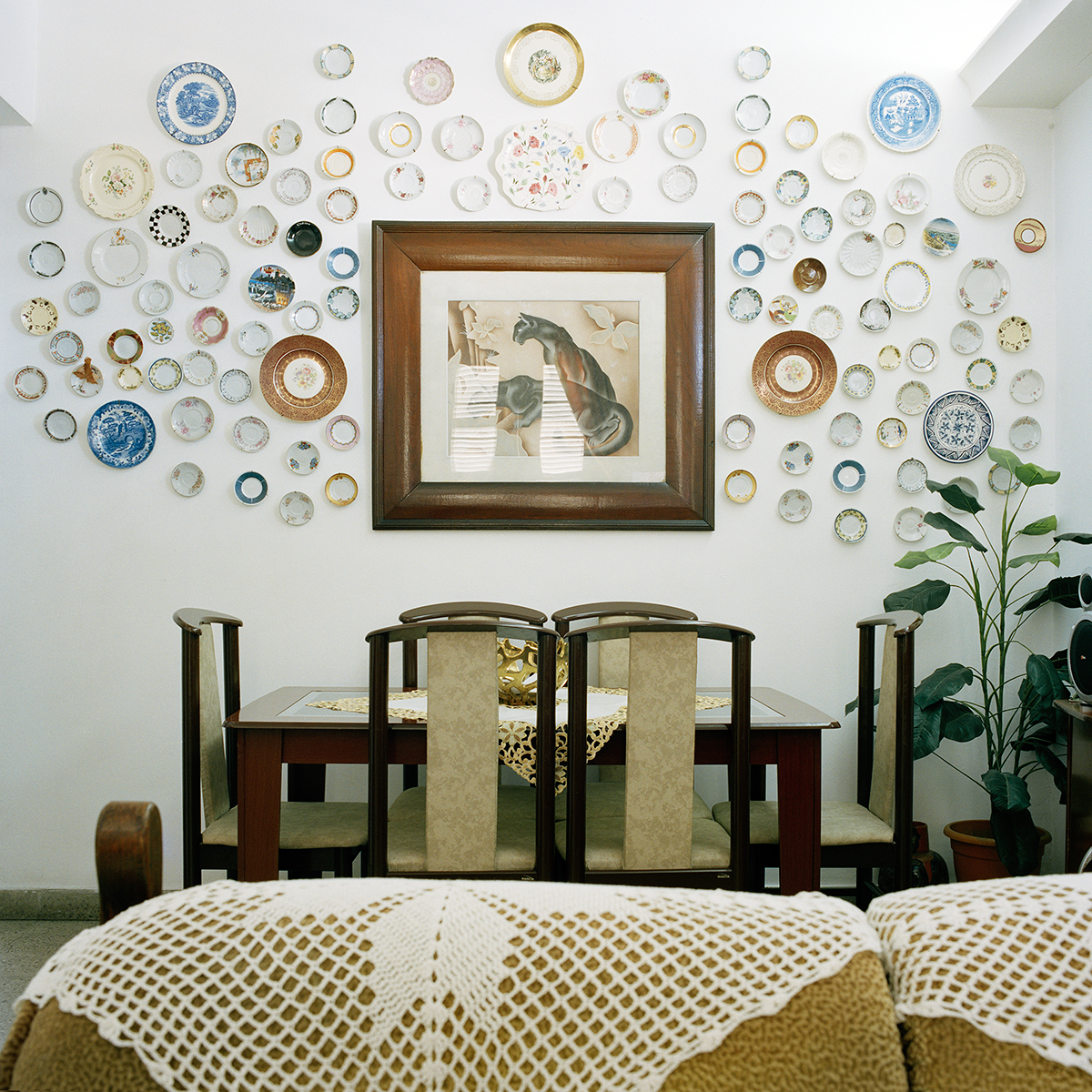

Casa Particular
“In 2010 Meg traveled to Cuba for the first time to begin a project that explores domestic life at the edge of capitalism. The families she stayed with as she traveled in Cuba host tourists in their private homes as an alternative means of income. This project, which began as her graduate thesis work, has continued to evolve and flourish over several years, as she has repeatedly returned to build this visual archive, documenting semi-commercial/semi-domestic spaces at a turning point in Cuban history.
A confluence of events and curiosity led her to Cuba. Old photographs and family stories of her grandparents’ time there just after marriage in 1946, an American preoccupation with a country long in the shadow of Spanish acquisition and colonial American rule that is currently off-limits to Americans for more than 50 years, a personal interest derived from early study of Spanish, and most importantly, a drive to make cross-cultural connections through personal experience. Additionally, for much of her photographic career she has been absorbed by images of families and domestic spaces. Casa Particular, as she describes, feels like a natural expansion of that journey as a photographer and academic.
Her charge for this project was, and still is, to add something new to the on-going conversation of a changing Cuba. She is convinced that photography can unsettle the narratives of life after economic collapse, economic subjugation, and the nostalgia of “Old” Cuba—whether under Castro or Batista.
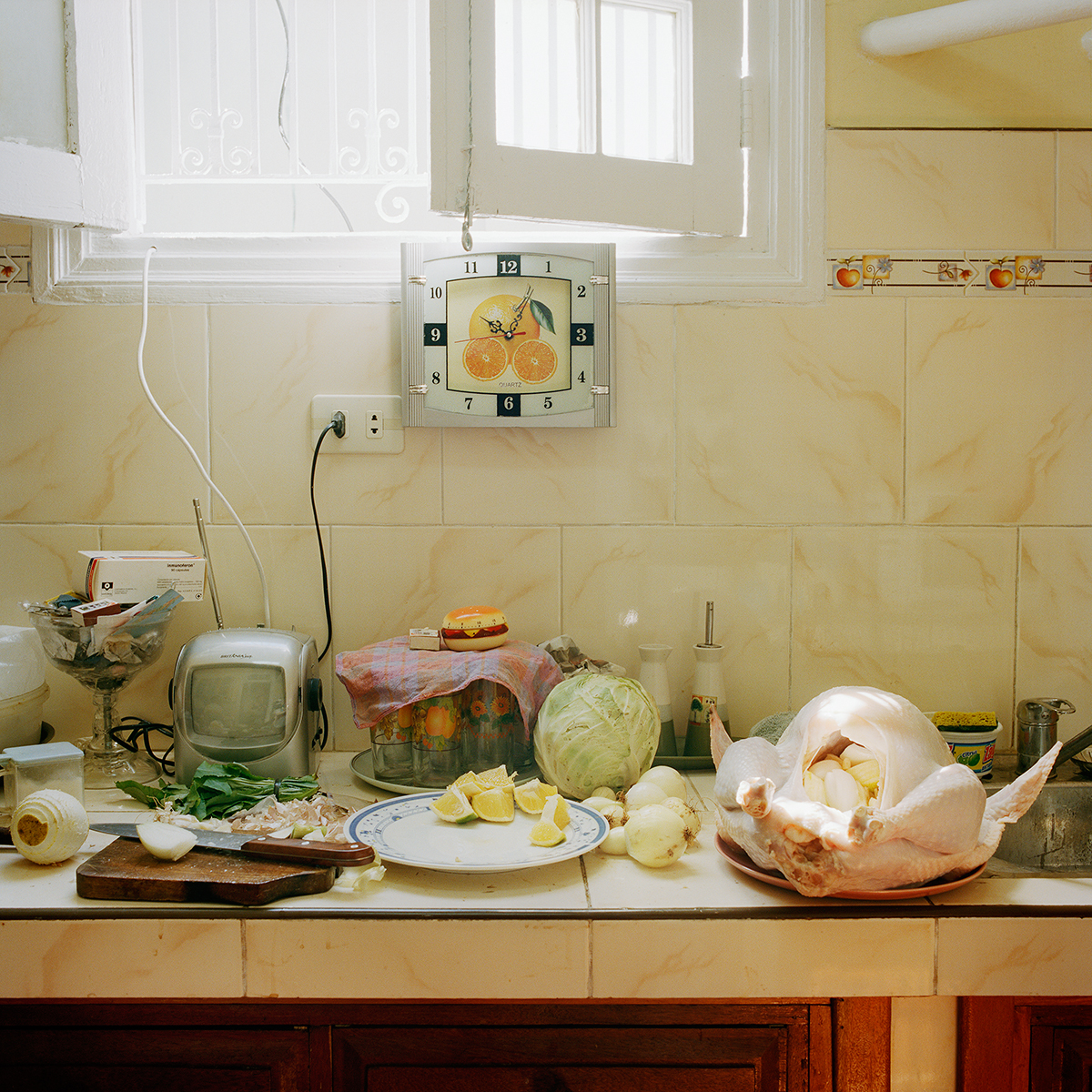


In addition to studying the works of photographers whom have come before her, the quest was to create fresh and authentic work driving research in areas that leaned upon her undergraduate fields of interest in Cultural Anthropology and Literature. Research was imperative for her and her process in order to make images as an outsider. Meg felt she could not begin to make photographs with these families until she had a more holistic sense of Cuban culture and place. However, upon arrival and immersion in Cuban culture, she knew that the work she would make would be almost entirely based on her own experience living with these families.
Meg was most inspired by an ethnographic book written by a woman living in Cuba, the American anthropologist Amelia Weinreb, who describes how “the real Cuba, Cubans tell you, happens behind closed doors, inside ordinary people’s homes, in their living rooms and kitchens. To gain any real sense of perspective of average citizens, one must go—as anywhere, but particularly in Cuba—into private space.”
She is attracted to the way ethnographers immerse themselves in different subcultures and seek to make greater connections between people by means of observing customs, rituals, history, politics and economics as well as other social phenomena. In this, there is both the subjective and the objective, a fascinating dialectic between participant and observer, between insider and outsider, that constitutes critical engagement with other societies and reshapes our perception. This way of investigation through investment plays a large role in the research and documentation that she does in Cuba. Instead of using a pen as means for dissemination of her experiences and findings, she uses film and a camera.



Meg is also interested in the intersection where private meets public within her work and how that relates to her chosen medium. The lives of casa owners are on public display. They open their homes to tourists, and inevitably, this forces a sense of formality in how they keep their homes and how they comport themselves. However, these are also functioning spaces where they live and go about their daily routines. In a sense, they are both insider, and outsider, too, mirroring the complex position of the documentary eye. The act of making a photograph is both a private personal, subjective experience–the act of choosing to single out certain areas of a home, meal or a person you are connected to makes it so. Simultaneously, it also forces a kind of formality, and creates a platform for observation, study and conversation.
The work that she has made and will continue to make in collaboration with these families is an alchemy of her academic background and personal feelings for family and the private, even sacred, spaces we call home. The images of Casa Particular reflect a sense of transition and transference from familial experience to those that take place while living with these families in Cuba. Her own personal feelings of family and traditions mingle with the ones that she experienced within these Cuban households. An image like “American Thanksgiving,” for instance, depicts a tradition not celebrated in Cuba. However, it was a way of sharing a favorite holiday while apart from her own family, for the first time, in a foreign country. The scene of a turkey stuffed with onions and oranges, resting amidst other typical kitchen objects found within a Havana kitchen, depicts the collusion between American holiday culture and the Cuban culinary idiom. It is also her means of showing gratitude and love for a family that she had become close to while there and the shared experience conveyed through the images.
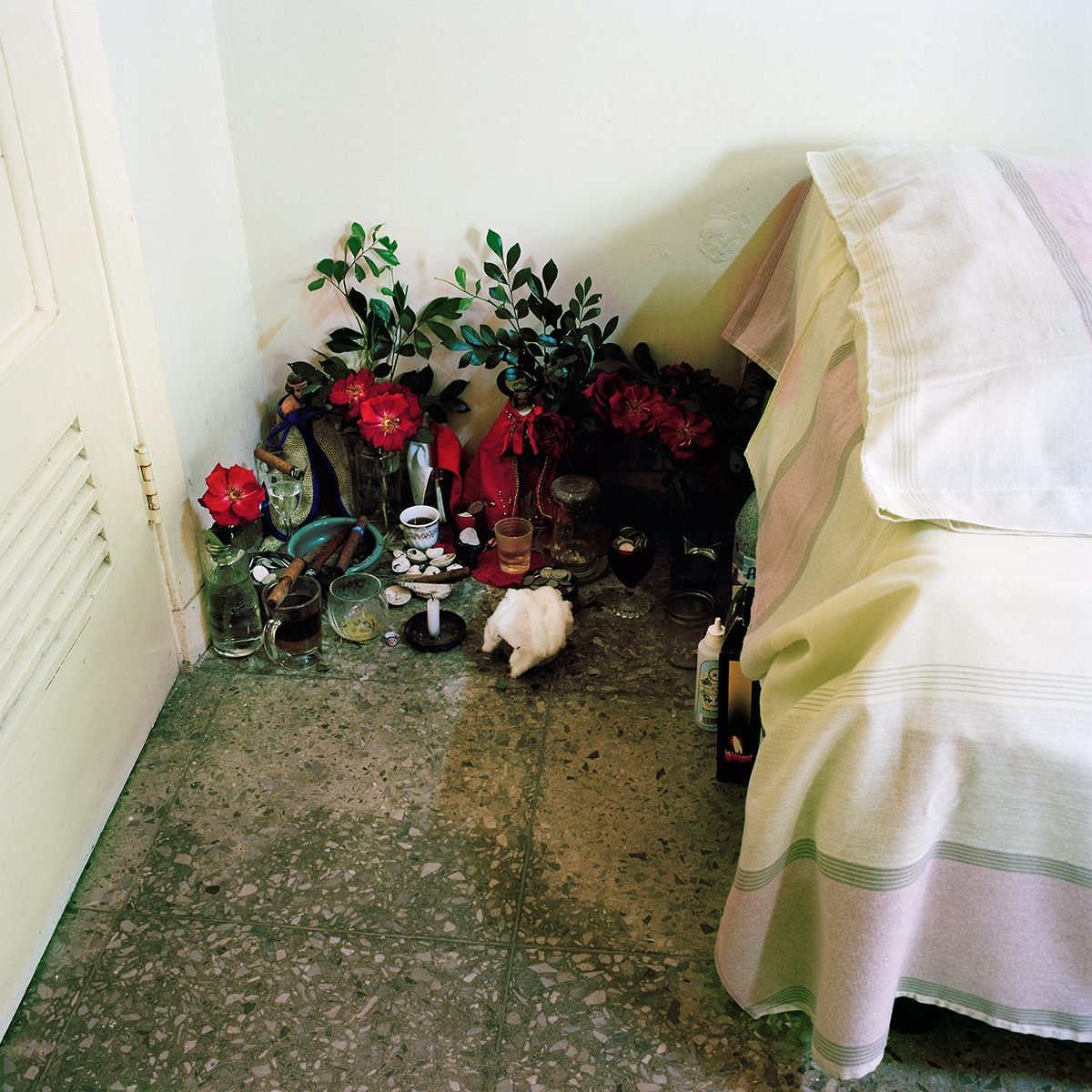
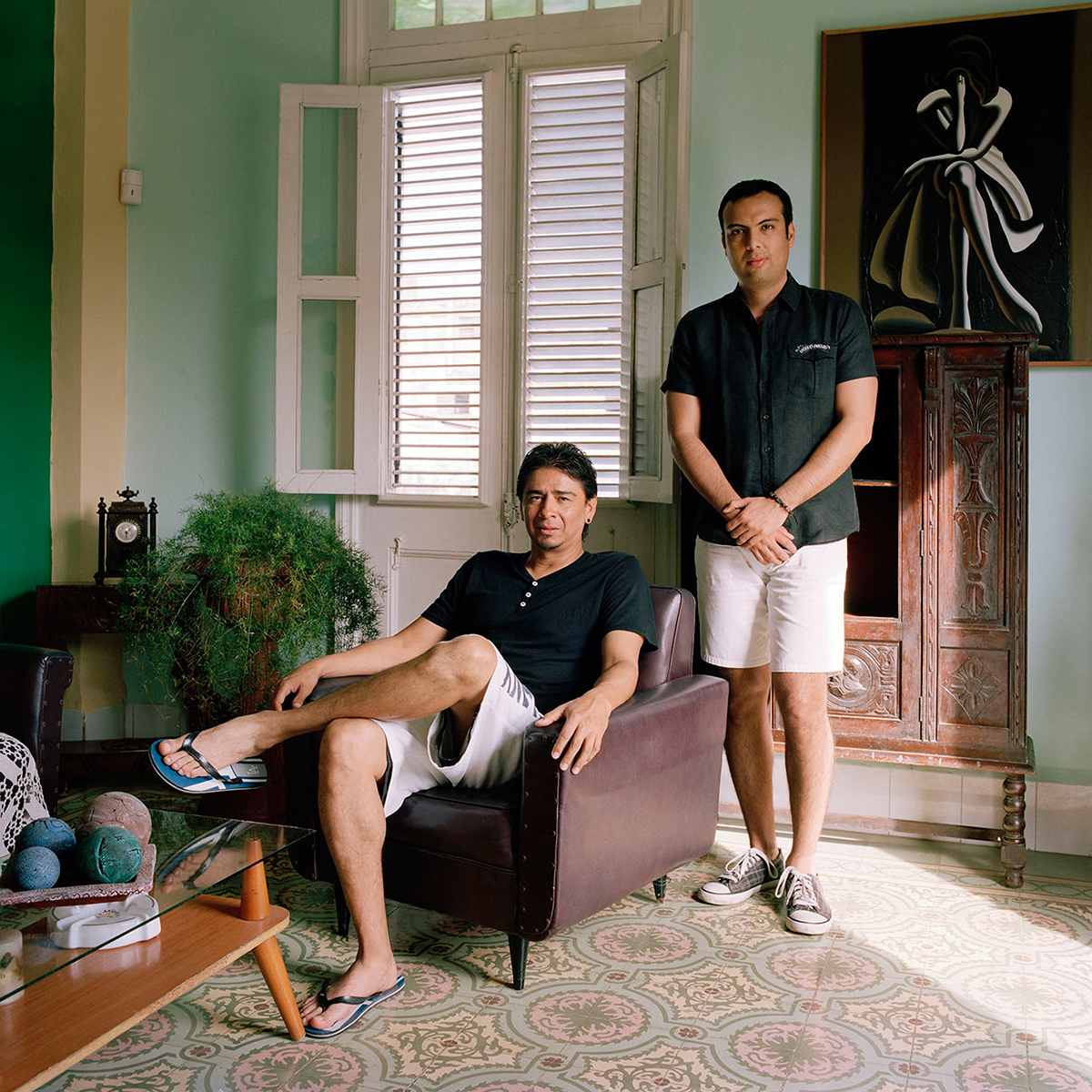

Meg believes photography, the act of observing, making, and sharing of an image, has the capacity to reflect authentic connection between people and the self. It shifts the way in which we perceive other cultures and who we are in relation to one another. This has been true in the process of making this body of work for her, and it affects how she teaches, how she helps students to understand the medium, the power it has to bring cultures together. The broad reception this work has generated may be a kind of proof of this underlying truth.
The ambition of this work is to help shape and broaden our view of Cuban domestic culture. The economic advent of private family businesses, mark a transition from a purely communist country to a hybrid one at a key point in Cuban history—the waning of an outdated political and economic model as well as Castro’s rule over Cuba. With the recent normalization of relations between the United States and Cuba, she is quite curious to see what changes will arise at the international, local and familial level.”


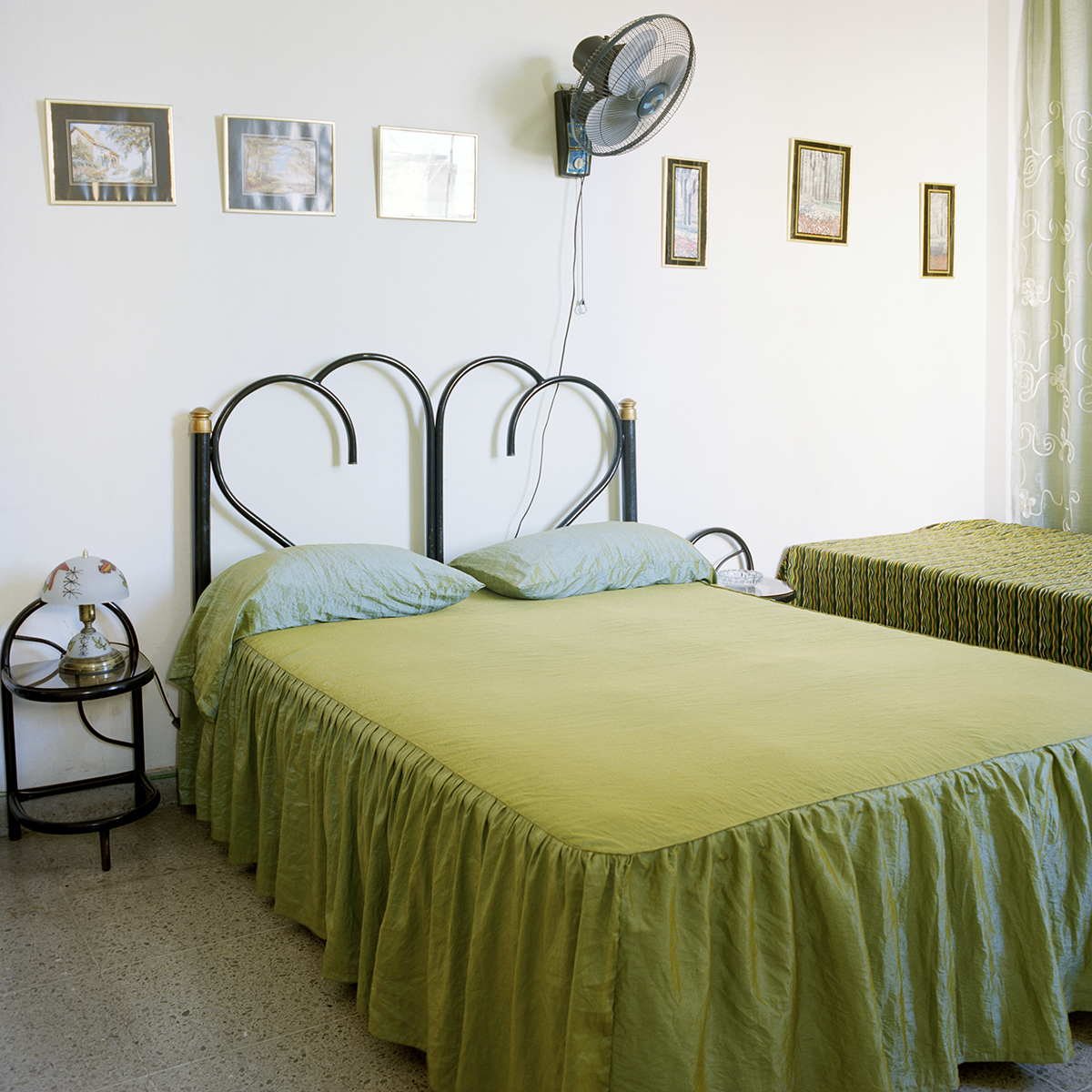
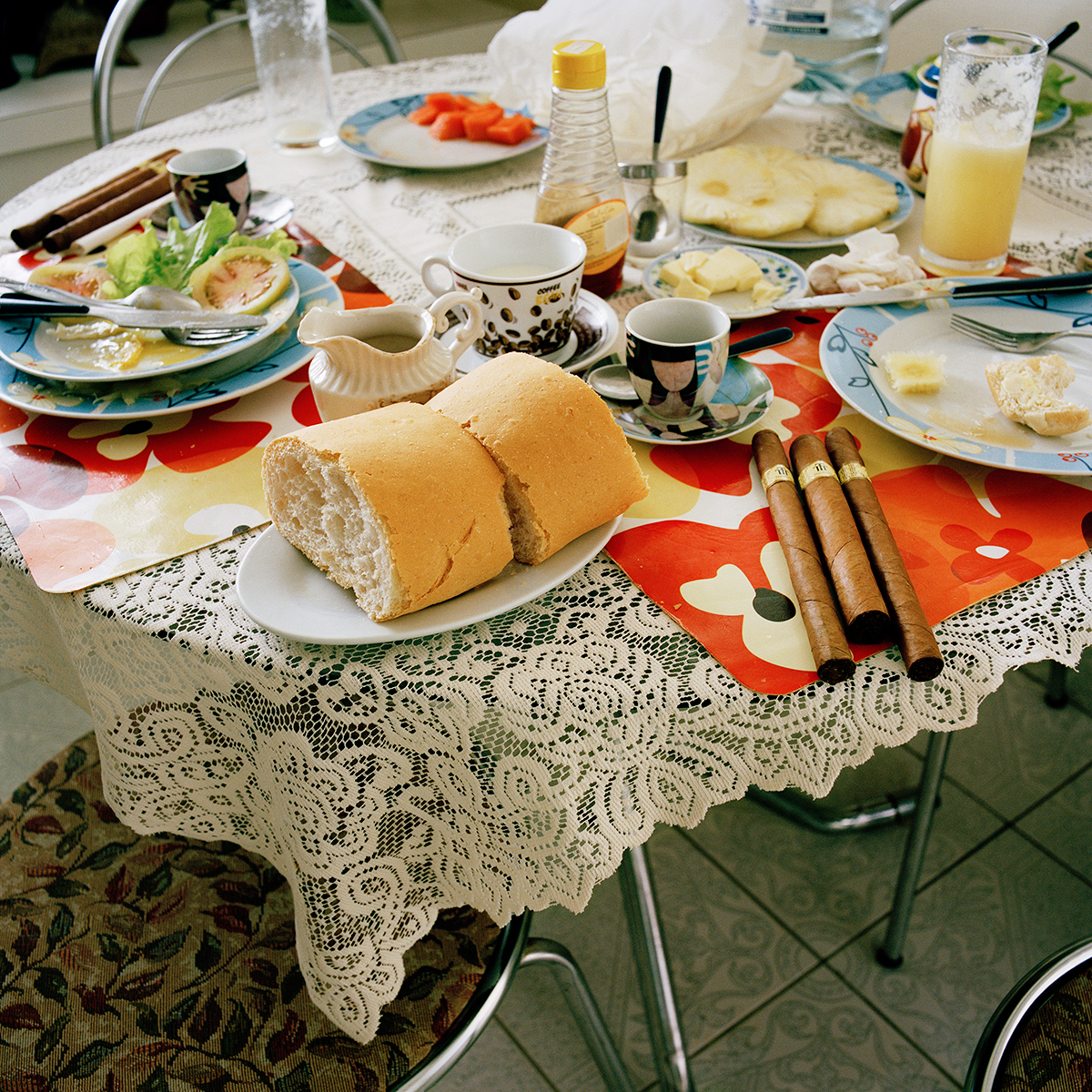
Meg’s work has been shown in multiple venues around country, including: Columbia Museum of Art, Center for Fine Art Photography, Museum of Living Artists in San Diego, Center for Fine Art Photography, 701 Center for Contemporary Art in Columbia, Griffin Museum in Boston, Carte Blanche Gallery and Rayko Gallery in San Francisco, and Houston Center for Photography. She has also been published in Oxford American, Light Leaked, Boston Globe, Photo District News, South X Southeast Magazine, Lenscratch, Le Journal de la Photographie, and Fraction Magazine. Her work is a part of many private collections as well as the Museum of Fine Art, Houston.
She was honored as one of PDN 30’s 2013: New and Emerging Photographers, commissioned by the Columbia Museum of Art to create work in commemoration of the 150th anniversary of the burning of the city, and most recently named one of eight Emerging Photographers of the South by Blue Spiral 1 Gallery in Asheville, North Carolina.
To view more of Meg’s work, please visit her website.